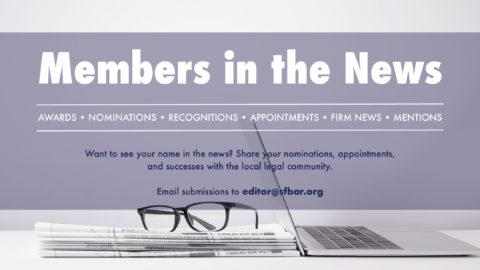After months of hard work, you find out your client’s injury case has settled. You feel a huge sense of relief. Finally, the work is done and it will be smooth sailing from here on out. That is, until you get an email from your attorney, asking you to find out if there are any medical liens.
Liens – what are they? How do I figure out if this client has any? Whom do I need to contact?
Don’t panic; we have all been here before. When you file a personal injury lawsuit for your client, you are claiming that the third party is responsible for some or all of your client’s medical care. While most of us believe that our health insurance providers are responsible for paying for medical care, which is not always the case.
Now it gets complicated.
If your client was injured by a third party, and your client’s insurance company pays for your client’s medical care, your client’s insurance company can now also have a claim against the third party, just like your client does. Then, once your client (the injured party) settles their claim(s) with the third party, things get a little tricky because your client’s insurance company’s claim now shifts back to your client. This shift occurs when your client receives compensation for injuries that your client’s insurance company paid for.
Hold on … How does that happen?
Most health care plans – whether private, state or federal – have a right to a reimbursement claim or lien (i.e., “subrogation”) against any settlement your client receives if the client’s plan pays for the client’s medical care. In other words, your client, as the insured, agrees to reimburse their insurance company when they sign up for coverage. The recovery rights are outlined in your client’s plan policy; however, most people do not realize this, since it is in the “fine print.”
In some cases, such as when Medicare is used to pay for medical services, the government has an automatic lien for reimbursement from the proceeds of a personal injury lawsuit or out-of-court settlement.
The topic of medical liens is vast. If you would like to learn more about private medical liens and how to navigate this complex world, please join BASF’s Paralegal Section on April 25 for a CLE presentation, Navigating the Complex World of Medical Liens. Register here.
Here are a few topics that will be discussed:
- What information you need from your client (policy documents, insurance cards, etc.)
- Explaining to your client what a lien is and how it works
- Composing letters to your client’s insurance company (state statutes, specific documents to request, etc.)
- Reviewing/auditing itemized statements and other plan documents
- Negotiating lien amounts
- Drafting payment letters and issuing payment
- Third-party lien resolution services
- Private lien caps and percentage of total recovery
About the author:
Alexandra Brilliant is a paralegal at Lieff Cabraser Heimann & Bernstein and is BASF’s Paralegal Section treasurer. Fabrice Vincent is a partner at Lieff Cabraser Heimann & Bernstein.



